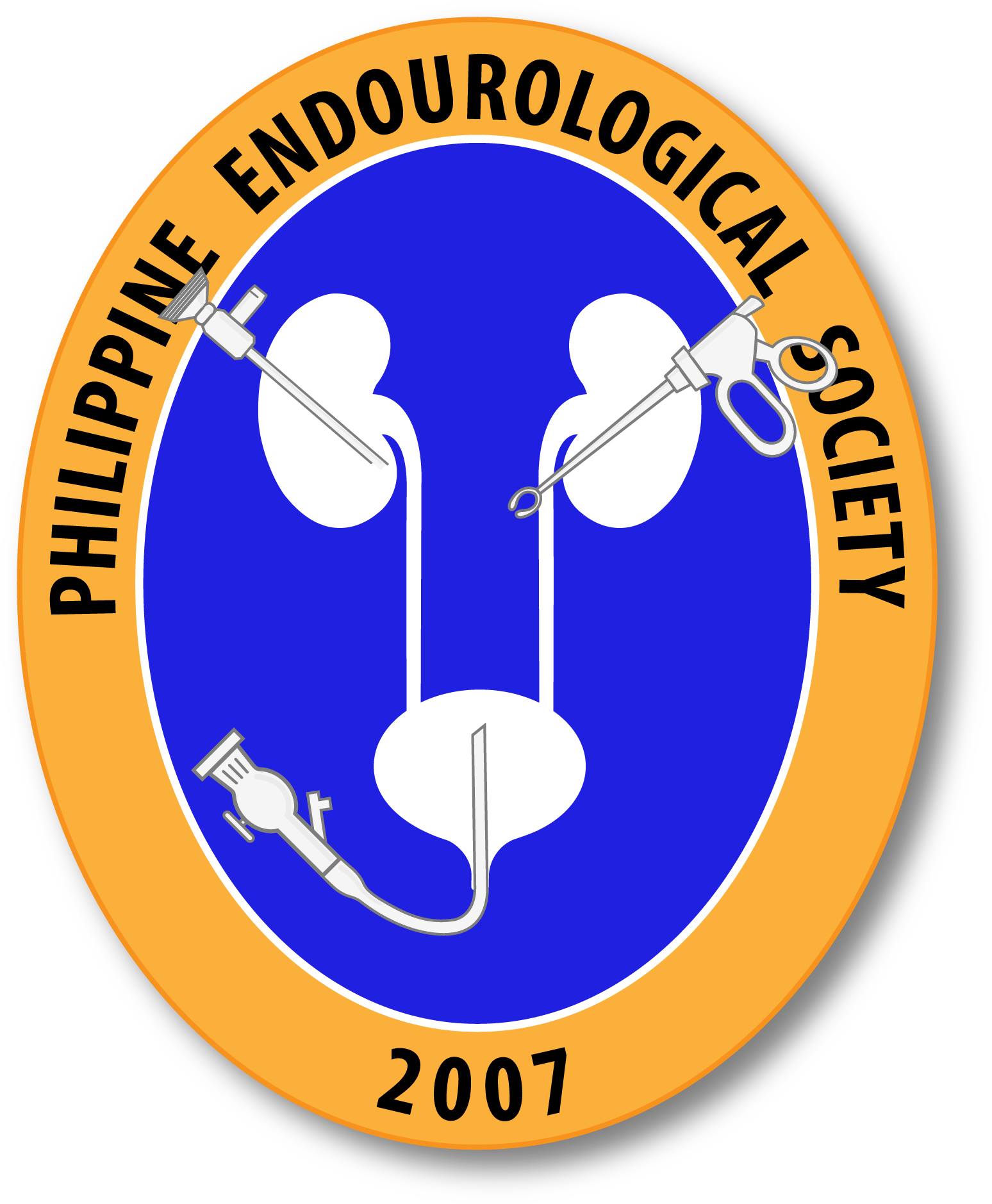Transcutaneous tibial nerve home stimulation for overactive bladder in women with Parkinson’s disease: A randomized clinical trial.
This study aims to investigate the efficacy of transcutaneous tibial nerve home stimulation for overactive bladder (OAB) in women with Parkinson’s disease (PD). The current study is a prospective, randomized, double-blind, sham-controlled trial.
